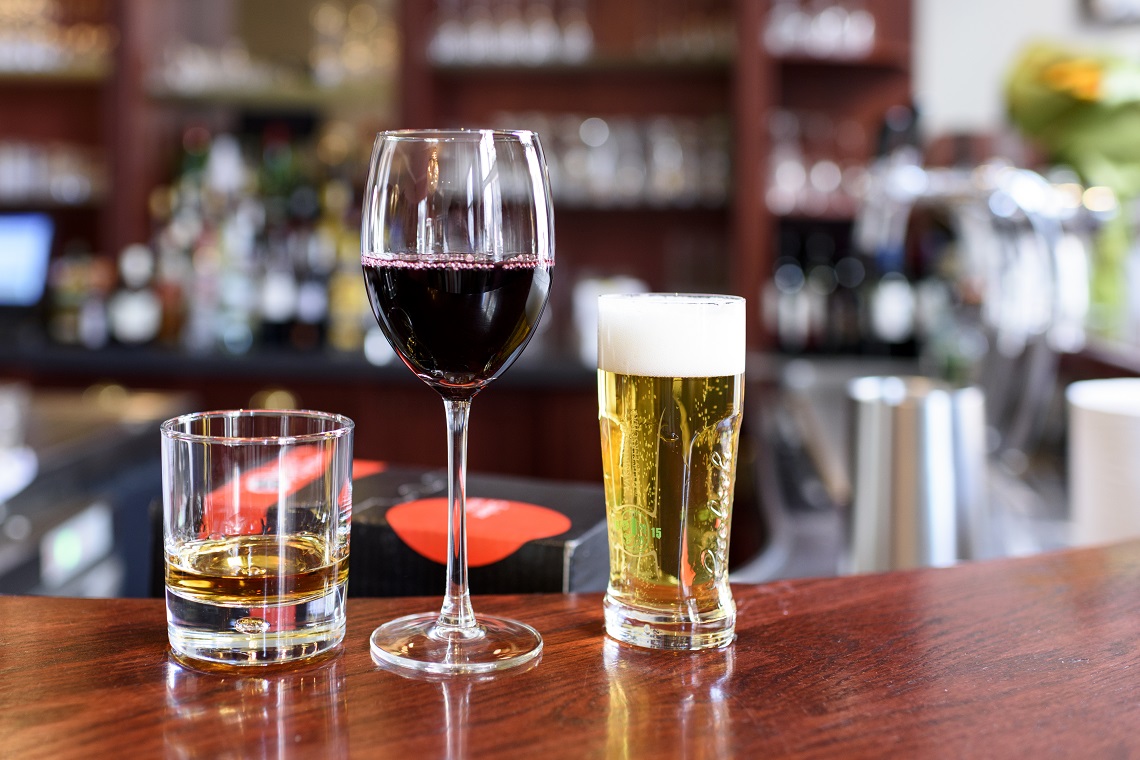Since 2023, the global beverage alcohol market has faced its challenges, with the IWSR recording a decline of one per cent by volume, but a rise of two per cent in value in 2023.
In a recent report, the IWSR stated: “While some positive signs are starting to emerge in 2024, the global total beverage alcohol market remains subdued after several years of above-trend growth, with challenges expected to continue until 2025 as household spending rebalances after strong inflationary pressures of the past two years.”
Similar changes are reflected in the US market which, for the first time in almost 30 years, recorded a decline of two per cent in the volume of spirits sold.
Declines were seen across all major categories in the US market except tequila, some US whiskey segment and RTDs, with tequila expected to add the most incremental value to the US spirits market in the next four years.
Despite complex macroeconomic conditions and a challenging regulatory landscape, the drinks data analyst expects brand owners to fight back in the year ahead, forecasting the start of a recovery as we move closer to 2025.
Growth is expected to remain modest in the early stages of recovery, with the IWSR predicting a rise of CAGR plus one per cent for volume and value between 2023 and 2028, compared with volumes increasing by just 0.4 per cent this year.
In this time, India, China and the US will be key growth drivers for the global market, adding an expected US$30bn in incremental value, followed by Brazil and Mexico as the next most value-adding markets.
This is reflective of a shift in growth towards developing economies, with India seeing major volume market growth across all major categories in 2023, while Colombia, the Philippines and Thailand also recorded volume and value growth.
According to the IWSR, these market conditions are reflective of the uncertain macroeconomic landscape, financial pressure on household spending and government regulatory pressures in key markets.
Emily Neill, COO Research and Operations at IWSR, said: “The ongoing shift in the total beverage alcohol growth axis, with gains now coming increasingly from developing markets, entails a greater exposure to business risk. Companies need to reorientate their global strategies to target new growth opportunities.
“Expansion across categories as well as geographic footprint will be increasingly important. In today’s global total beverage alcohol marketplace, companies need to continue to innovate in order to succeed.”
Category performance
Under financial pressures, the IWSR’s analysis of the global beverage alcohol market indicated a volume decline in the premium price band across spirits and wine.
“Future growth is now no longer guaranteed to come from core premium price tiers, although the prospects here should begin to brighten from 2025 onwards,” said Neill.
While premiumisation in the spirits market was subdued, this was also reflected in the broader spirits market, with volumes in 2023 flat versus 2022.
But this isn’t the case for all spirits, and while the US continues to dominate the global agave spirits market, this category is gaining traction worldwide, gaining share of spirits in Australia and other markets such as Canada, the UK and Spain.
Despite a one per cent decline in global beer volumes in 2023, beer drinkers continued to prioritise premium products, with premium beer gaining two per cent in volume and five per cent in value.
Overall, the beer category recorded a four per cent value increase, with growth expected to continue at a CAGR of one per cent for both volume and value between 2023 and 2028.
While wine continued its volume decline in the global market, down four percent in 2023 versus 2022 and predicted to persist to 2028 with value growth flat, Australia is one of the key markets driving interest in premium rosé.
“Rosé’s popularity is being fuelled by a number of factors, including its consistency and drinkability; a fun and upbeat image associated with social occasions such as bottomless brunches and outdoor summer entertaining; and a plethora of aspirational, recognisable and elegant brands,” the report states.
Above all, the standout performer in the global market has been RTDs. The RTD category recorded volume growth of plus two per cent in 2023 and a six per cent increase in value, expected to continue at a CAGR of plus three per cent for both volume and value between 2023 and 2028.
Moderation enters the mainstream
Bevtrac consumer data gathered by the IWSR has indicated that the no-alcohol category is gaining significant momentum, as the no-alcohol drinking population grows year-on-year.
All categories within the non-alcoholic market recorded growth in 2023, with global non-alcoholic beer volumes up six per cent, still/sparkling non-alcoholic wine up seven per cent, and non-alcoholic spirits experiencing double-digit growth at a 15 per cent volume increase.
Higher than volume growth was value growth, again across all segments of the alcohol-free category.
In the report, the IWSR stated: “As moderation enters the mainstream, it is being embraced by consumers for financial as well as health reasons, leading to long-term lifestyle changes. Regulatory pressures in a number of global markets reinforce these trends, as does the influence of guidance on alcohol consumption from governments and world agencies.”

